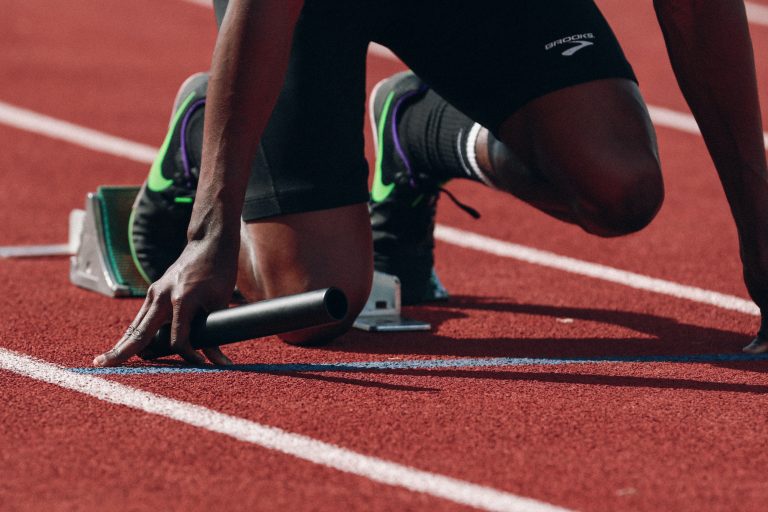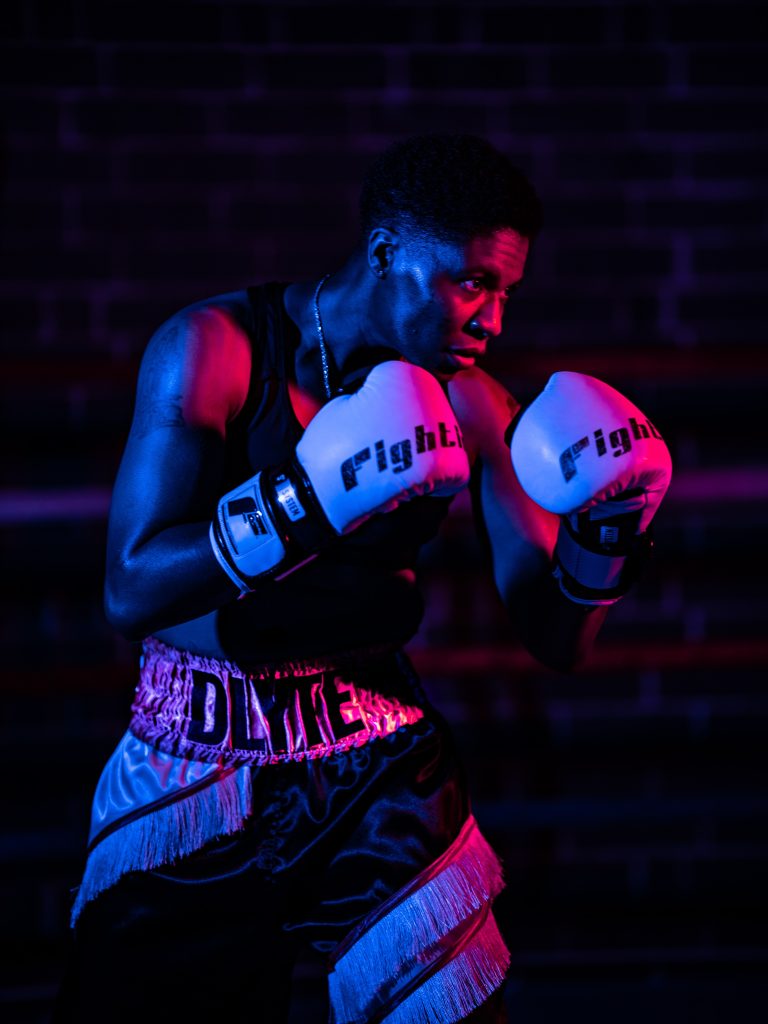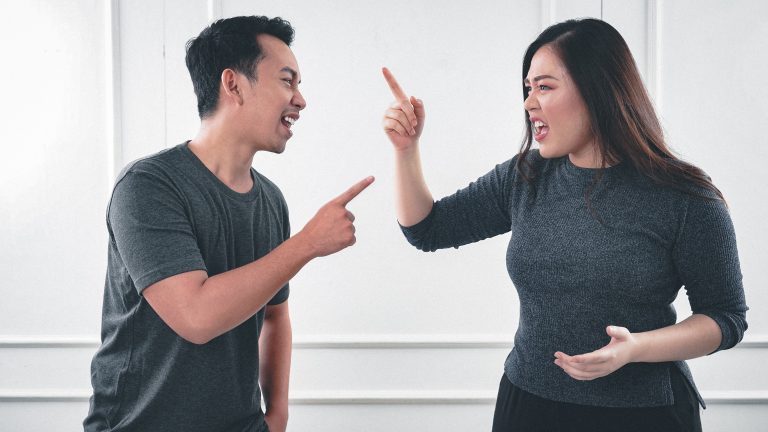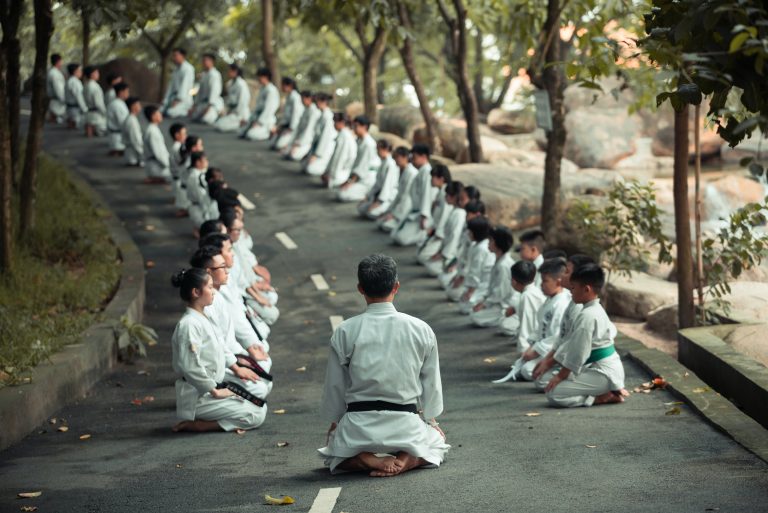Does Karate Use Kicks? Understanding the Role of Kicking Techniques in Karate
Karate is a martial art that originated in Okinawa, Japan, in the early 20th century. It is known for its powerful strikes, fluid movements, and intricate techniques. While punching and striking techniques are often the first that come to mind when thinking about Karate, kicking techniques also play an essential role in this martial art.
In this blog post, we will explore the use of kicks in Karate, the different types of kicks, their purpose, and how to execute them effectively.
The Importance of Kicking Techniques in Karate
Kicking techniques are an integral part of Karate and are used for various purposes, including:
– Striking opponents from a distance
– Creating openings for attacks
– Defending against incoming strikes or grappling attempts
– Applying joint locks or takedowns
In addition to their practical applications, kicks in Karate also serve as a means of improving balance, coordination, flexibility, and strength. They also require a great deal of control and focus, which can help develop the mind-body connection that is essential to mastering Karate.
The Different Types of Kicks in Karate
Karate has a wide range of kicking techniques that vary in speed, power, and direction. Here are some of the most common types of kicks used in Karate:
1. Mae Geri (Front Kick)
This is a straight-forward kick in which the leg is extended from the front of the body with the ball of the foot striking the target. It is often used to strike the opponent’s midsection or face and can be performed with either the lead or rear leg.
2. Yoko Geri (Side Kick)
This is a powerful kick in which the leg is extended from the side of the body with the heel or blade of the foot striking the target. It is often used to strike the opponent’s ribs, waist, or legs and can be performed with either the lead or rear leg.
3. Mawashi Geri (Roundhouse Kick)
This is a circular kick in which the leg is swung in a circular motion, with the shin or instep striking the target. It is often used to strike the opponent’s ribs, head, or legs and is typically performed with the lead leg.
4. Ushiro Geri (Back Kick)
This is a powerful kick in which the practitioner turns their back towards the opponent and then lifts their rear leg high into the air before striking with the heel. It is typically used as a surprise attack to strike an opponent who is behind the practitioner.
5. Hiza Geri (Knee Kick)
This is a knee strike in which the practitioner lifts their leg up and strikes the opponent with their knee. It is often used to strike the opponent’s midsection, groin, or legs and can be performed with either the lead or rear leg.
How to Execute Kicks Effectively
Executing kicks in Karate requires a combination of proper technique, flexibility, strength, and speed. Here are some tips for executing kicks effectively:
– Begin by practicing the basic kicking techniques, such as the front kick, side kick, and roundhouse kick, before moving onto more advanced kicks.
– Focus on maintaining proper form and balance throughout the entire kicking motion.
– Use the appropriate amount of force for the intended target.
– Develop strength and flexibility through regular training exercises such as leg raises, squats, and stretching.
– Practice the kicks slowly at first, gradually increasing speed and power as you become more confident.
Does Karate Use Kicks?
Introduction
Karate is a Japanese martial art that has grown in popularity around the world. It offers a variety of techniques that can be used for self-defense, fitness, and competition. One of the most common questions people have about karate is whether it incorporates kicks. In this article, we’ll provide you with an in-depth answer to this question.
What Is Karate?
Karate is a martial art that originated in Okinawa, Japan, and is now practiced all over the world. It emphasizes striking techniques, including punches, kicks, elbow strikes, and knee strikes. It also includes throws, joint locks, and grappling techniques.
What Are Kicks in Karate?
Kicks in karate are an integral part of the art. They are used for a variety of purposes, including attacking an opponent, blocking an attack, or creating distance. There are many different types of kicks in karate, ranging from low kicks to high kicks, and from fast kicks to powerful kicks. Some of the most common kicks in karate include front kicks, side kicks, roundhouse kicks, and hook kicks.
What Are the Benefits of Kicks in Karate?
Kicks are an important part of karate training for several reasons:
1. Self-defense: Kicks can be used to defend yourself against an attacker, and they can be very powerful and effective.
2. Fitness: Kicks require a lot of strength, flexibility, and balance, making them a great workout for building these skills.
3. Competition: In karate competitions, kicks are often used as a scoring technique, and being able to perform them well can give you an advantage over your opponent.
What Are Some Tips for Good Kicking in Karate?
Good kicking in karate requires practice and proper technique. Here are some tips to help you improve your kicks:
1. Practice regularly: Kicking requires repetition and consistency to improve.
2. Use proper form: Proper form includes keeping your back straight, extending your leg fully, and using your hips to generate power.
3. Strengthen your legs: Strong legs will help you develop more powerful kicks. Exercises like squats, lunges, and calf raises can help build leg strength.
Does Karate use kicks?
Karate is a popular martial art that originated in Okinawa, Japan. Techniques in Karate include striking, grappling, and of course – kicking. In this article, we will explore the types of kicks used in Karate, tips on how to execute them correctly, and how they can be used in self-defense. If you’re new to Karate and wondering if kicks are a part of it, keep reading to find out.
What types of kicks are used in Karate?
Karate employs various kicks that vary in their application and level of complexity. Let’s explore some of the most common kicks in Karate.
Front Kick (Mae Geri)
Mae Geri is one of the most basic kicks in Karate, and is usually the first kick a student learns. In this kick, the leg is lifted straight up and pushed forward, striking the opponent with the ball of the foot. The purpose of this kick is to strike the opponent’s stomach or groin with maximum force.
Side Kick (Yoko Geri)
Yoko Geri is a more advanced kick, where the practitioner raises the knee to the side and snaps the foot outwards, striking the opponent with the heel or the outer edge of the foot. This kick is usually aimed at the opponent’s ribs, hip or knee joint.
Roundhouse Kick (Mawashi Geri)
Mawashi Geri is a kick that involves a circular motion of the leg, striking the opponent with the instep of the foot. The kick is executed by turning the hip over and swinging the leg around in a clockwise or counterclockwise direction. The roundhouse kick can be aimed at the opponent’s head or ribs.
Crescent Kick (Mikazuki Geri)
The Mikazuki Geri is a more challenging kick where the leg is raised in a circular arc and snaps the bottom of the foot upwards to strike the opponent with the inside of the ankle. This kick is usually aimed at the opponent’s face.
How to execute kicks in Karate?
Karate techniques, particularly kicks, require proper execution to maximize their effectiveness. Here are some tips on how to perform kicks in Karate correctly.
1. Maintain proper stance
Maintaining proper stance is critical when executing kicks. Make sure your feet are shoulder-width apart, your knees slightly bent, and your hips facing forward. Remember to keep your back straight and your shoulders relaxed.
2. Focus on posture
Proper posture is necessary to maintain balance and execute kicks with the right momentum. Keep your head upright, chest out, and shoulders relaxed.
3. Practice kicking drills
Regular practice of kicking drills can improve your balance, strength, and agility, which are essential in executing kicks. Start with basic kicks, and once you’ve mastered them, move on to more advanced ones.
4. Develop flexibility with stretching
Flexibility is essential in executing high kicks with maximum force. Incorporate stretching exercises in your training routine to improve your flexibility.
How can kicks be used in self-defense?
Karate kicks can be effective in self-defense situations when executed correctly. Here are some tips on how to use kicks in self-defense.
1. Create distance from the attacker
If someone is trying to attack you, creating distance can give you time to react and assess the situation. Using a front kick or a roundhouse kick can create distance or knock the attacker down, giving you valuable time to escape.
2. Target the opponent’s weak spots
Kicks can target the opponent’s weak spots, such as the groin, knee, or face. Hitting one of these areas with a kick can immobilize the attacker and allow you to escape.
3. Use kicks in combination with other techniques
Combining kicks with other techniques, such as punches, can increase the effectiveness of your attack. For example, a front kick followed by a punch can knock the attacker off balance and create an opportunity for you to counter-attack.
Conclusion
Karate uses a variety of kicks that can be effective in self-defense situations. By following the tips on executing kicks correctly, and practicing regularly, you can improve your skills in Karate and be better prepared to defend yourself if the need arises. Remember, martial arts techniques should only be used in self-defense situations and never to instigate violence.
Inhaltsverzeichnis






